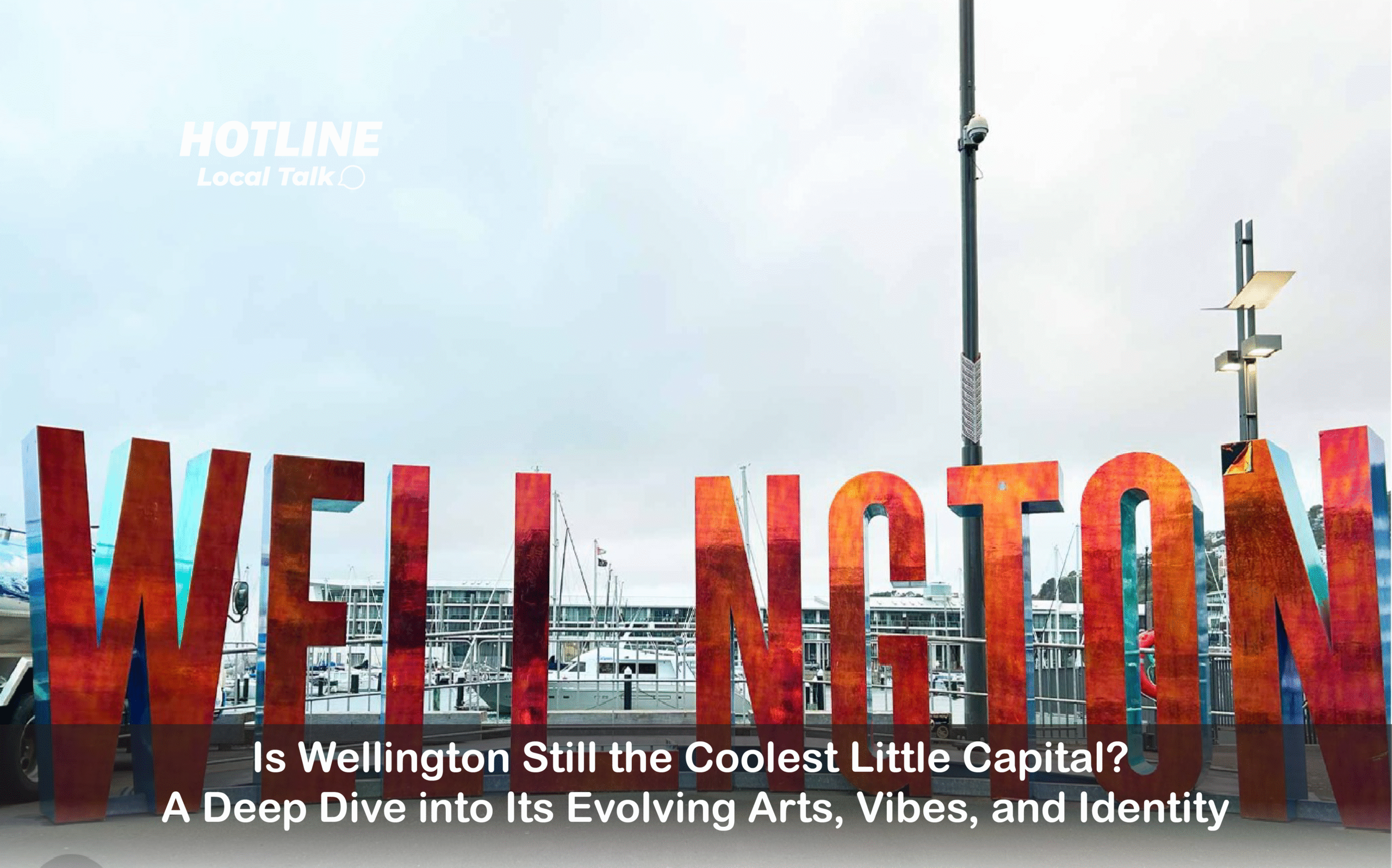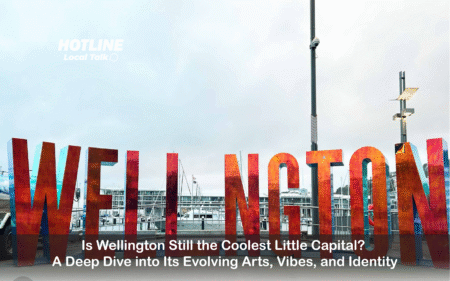Wellington shines as a city chasing sustainability, proudly waving its green flag. As One Network Wellington Live, we explore whether this reputation holds true, diving into the numbers behind the city’s eco-efforts. On a breezy morning, the capital hums with ambition, but the facts reveal both progress and gaps.
Wind turbines spin on Wellington’s hills, feeding the grid with clean power. Over 80% of the city’s electricity comes from renewable sources, mainly wind and hydro. This figure dwarfs the global average, where renewables account for just 30% of power. The city’s wind farms alone generate enough energy to light up 90,000 homes yearly. Yet, not every bulb burns green. Some older buildings still guzzle fossil fuel-based heating, pushing emissions higher than needed. Transitioning these structures to electric systems remains a hurdle, with only 15% upgraded so far.
Public transport tells a similar story. Wellington aims for a fully electric bus fleet by 2030, and already, 20% of its buses run on batteries, cutting 2,500 tonnes of carbon yearly. Electric ferries are also in trial, with one vessel saving 300 tonnes of emissions since 2023. However, cars dominate roads, with only 12% of vehicles electric, lagging behind Norway’s 80%. The council offers rebates for e-bikes, boosting their numbers by 25% last year, but heavy traffic persists. Encouraging fewer cars demands better cycleways, and while 40km of new lanes exist, commuters want more.
Recycling keeps Wellington’s green pulse beating. The city diverts 35% of waste from landfills, above the national average of 28%. Battery recycling, vital for e-vehicles, is growing, with 200 tonnes of lithium-ion cells processed in 2024. This recovers 70% of materials like cobalt, reducing mining needs. Still, challenges loom. Globally, only 5% of batteries are recycled, and Wellington’s facilities struggle to scale. Investment in tech could lift rates, but funding lags, with just $2 million allocated last year.
Solar power adds sparkle to the city’s efforts. Over 5,000 homes sport panels, producing 10 megawatts annually, enough for 1,200 households. Community solar farms, like one in Brooklyn, power 500 more. Yet, cloudy days limit output, and solar meets only 3% of demand. Expanding rooftop schemes could help, but costs deter some, with installations averaging $10,000. Subsidies cover 20%, yet uptake grows slowly, at 8% yearly.
Wellington’s green spaces bolster its eco-cred. Over 20% of the city is parkland, storing 50,000 tonnes of carbon yearly. Zealandia, the urban eco-sanctuary, protects native species while offsetting 1,000 tonnes of emissions through reforestation. Tree-planting schemes added 10,000 saplings in 2024, but urban sprawl threatens fringes. Balancing growth with nature remains tricky, as 15 hectares of green belt were rezoned last year.
Waste-to-energy plants offer a bold step. One facility in Porirua converts 100,000 tonnes of organic waste into biogas yearly, powering 3,000 homes. This cuts landfill methane by 10%, a win for the climate. However, scaling up needs cash, and only one new plant is planned by 2027. Meanwhile, composting programmes thrive, with 60% of households joining, diverting 5,000 tonnes of scraps annually.
Energy efficiency seals Wellington’s green push. Smart meters in 70% of homes save 5% on bills, roughly $100 yearly per family. Council buildings use LED lights, slashing power use by 30%. Still, small businesses lag, with only 25% adopting efficiency upgrades due to upfront costs. Grants of $5,000 per business exist, but applications dropped 10% in 2024, signaling awareness gaps.
The city’s carbon footprint shrinks steadily. Emissions fell 12% since 2019, hitting 1.2 million tonnes in 2024. Per person, that’s 5.8 tonnes, below Auckland’s 7.2. Yet, net-zero by 2050 demands more. Aviation and shipping, key for an island nation, add 20% to emissions, and green solutions like hydrogen fuel are years off. For now, offsetting through local projects, like wetland restoration, absorbs 8,000 tonnes yearly.
Wellington doesn’t just think green—it acts. From wind powering homes to buses cutting fumes, the city backs its eco-talk with numbers. But perfection isn’t here. Car reliance, slow solar growth, and recycling limits show cracks. With 80% renewable power, 35% waste diversion, and 20% green spaces, Wellington leans greener than most. The journey continues, and every watt, wheel, and tree pushes it closer to true sustainability.
TRUTH SEEKER
Instantly run a Quiz with friends... about the article. Interact more & analise the story. Dig in, catch out biased opinions, and "fact check" with TRUTH SEEKER by ONENETWORK WELLINGTONLIVE 👋
Do you agree with the main argument of this article?
Total votes: 1
What percentage of Wellington's electricity comes from renewable sources?
Bias Analysis
Fact Check Summary
True
Source: https://wellington.govt.nz/your-council/news/2021/09/wellingtonians-recycling-35-percent
True
Source: https://www.stuff.co.nz/environment/climate-news/127712839/wellington-aiming-for-electric-public-transport-fleet-by-2030








